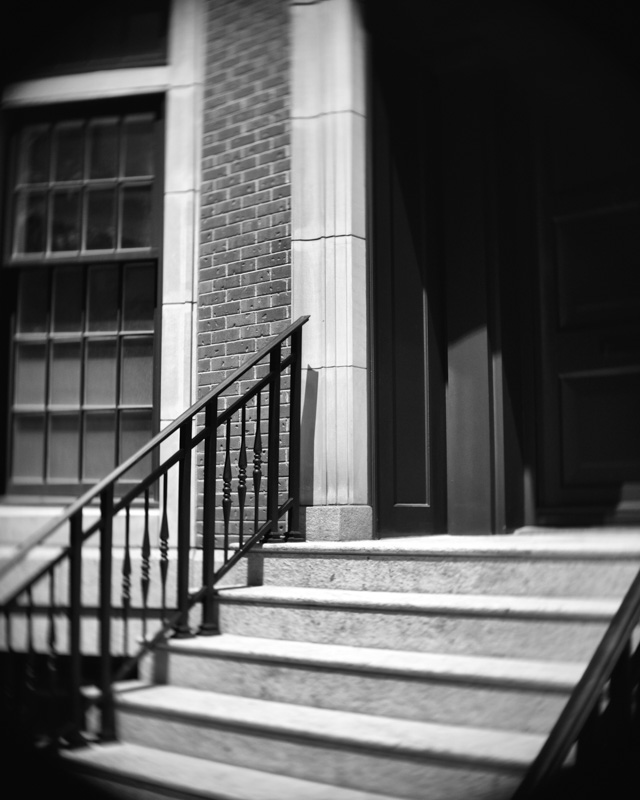
Like a small pond after a heavy rain, Greenwich Village filled with weary yet hopeful souls at the close of WWII. More than anything, Americans in small towns Across America needed a place to heal, regroup and bask in the light of hope after years of uncertainty and darkness. And for those souls searching the comfort and nourishing food of creativity and free expression, Greenwich Village was the place to be. In his book, A History of Greenwich Village, John Strausbaugh describes the buzz of postwar Greenwich Village:
“After the war Greenwich Village served again as a tiny speck of American real estate where nonconformists, individualists, bohemians, progressives, avant-gardists, experimenters, gays and lesbians could gather and feel at home. Bringing creative and iconoclastic individuals together in a small area stoked the Village’s culture engine to a new level of productivity. If the 1910s were really Village bohemia’s golden age, then this was the Greenwich Village Renaissance. New York City rose to be the cultural capital of the Western world in this period, and much of that rise was driven by the small community of self-exiled misfits who gathered in and around the Village.”
Postwar Greenwich Village rekindled the passion for life with which it was founded. With the war over, hope fanned the flames into a roaring fire of creative expression that would define it for the coming generation.
Thanks so much for stopping by. If you haven’t done so, please visit the Mystic Village Landing Page to read a brief summary of the Mystic Village concept and execution and how to purchase prints. You can also support the phenomenal preservation and educational work of the Greenwich Village Society for Historical Preservation, GVSHP. You can also support the fine work of the Washington Square Park Conservancy.